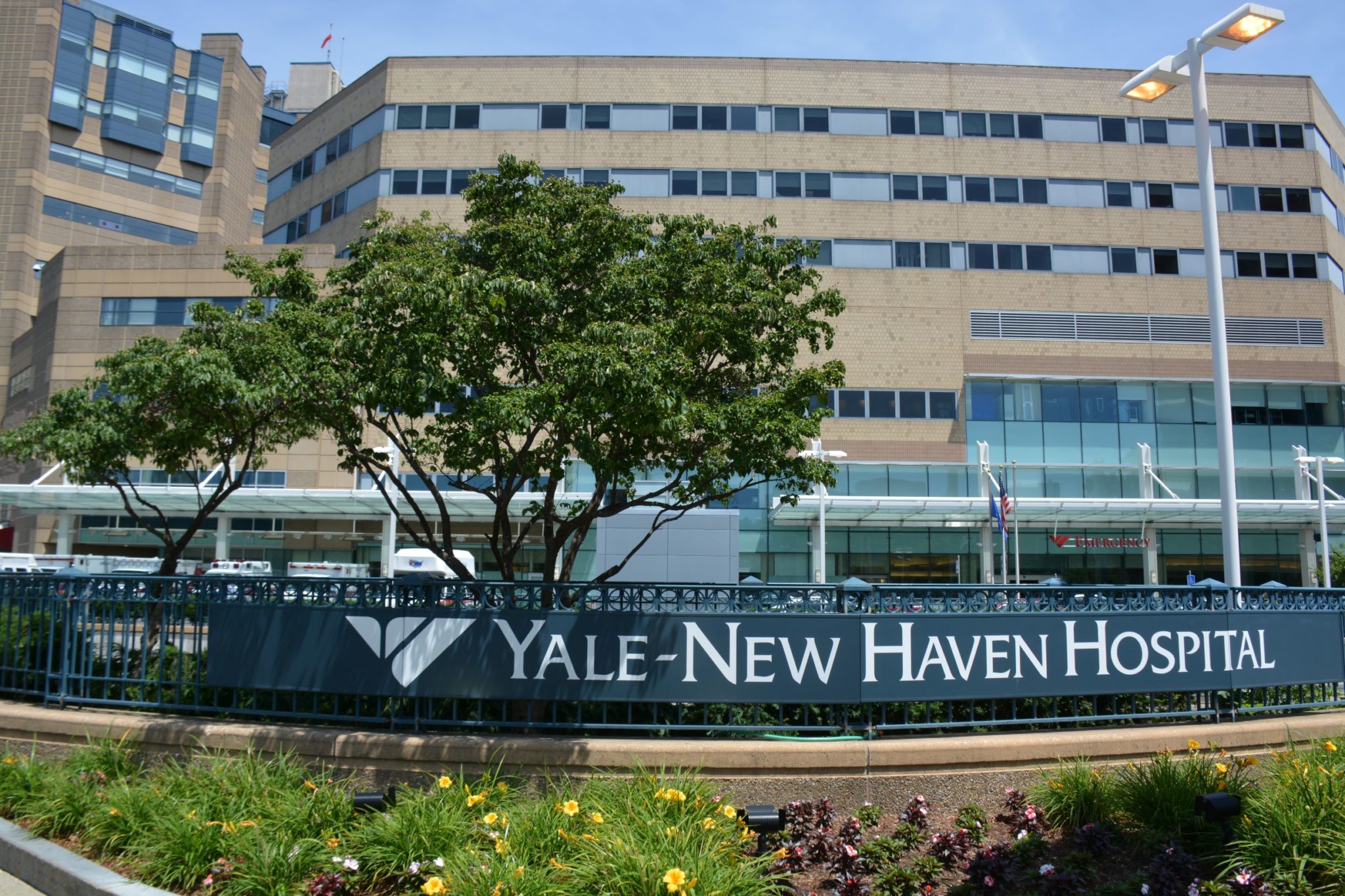
Yale Daily News
With coronavirus cases on the decline, both the Yale New Haven Health System and the state of Connecticut are taking steps towards a new normal.
At the COVID-19 outbreak’s worst on April 21, the five hospitals that make up the YNHH system were treating some 800 community members for the coronavirus. Now, that number has declined significantly — on May 21, one month later, the health system had 338 patients with COVID-19.
As infection rates fall, Connecticut launched its first phase of reopening on Wednesday, relaxing restrictions on outdoor dining areas and retail stores. On June 1, hair salons and barbershops are slated to resume operations, and the governor projects that shuttered gyms, libraries and hotels will reopen later that month.
“My best guess, and that’s all it can be, is that we are going to see somewhat of an uptick of cases somewhat later in the summer, but I bet that it’s going to be relatively small because there’s so much acceptance of our new way of being,” YNHH Chief Clinical Officer Thomas Balcezak said in an interview with the News. “I think there’s been a cultural shift.”
With fewer coronavirus patients, YNHH is looking to fill the quieter ICUs with elective procedures it had postponed, including cardiovascular and cancer treatments. The hospitals are starting to conduct surgical procedures that were postponed in the wake of the pandemic in addition to emergency care. These treatments, necessary for the patients, are also crucial for keeping YNHH’s balance sheet in the black — officials estimated that the hospital system was losing about $1.5 million each day during the pandemic.
As precautionary measures, the health system has been stockpiling personal protective equipment and recently testing every incoming hospital patient for COVID-19, even if they do not show symptoms.
Given that reopening the state will hinge on the widespread availability of COVID-19 tests, YNHH is preparing five new testing sites. It already operates seven sites, which have conducted more than 44,000 tests so far.
According to Balcezak, YNHH hopes to pilot a new method of testing, called mid-turbinate testing, at the five new sites. Patients will test themselves while a trained worker observes by video, protecting personnel from exposure to the virus. YNHH has been conducting an internal trial of this new testing method, which has so far yielded positive results, Balcezak said.
To date, the YNHH system has admitted over 3,433 coronavirus patients, treating many of them with oxygen therapy, proning them — turning them onto their stomachs — and offering supportive care. So far, 478 COVID-19 patients have died, while around 2,600 have been discharged. Balezak said that initial observations — which did not take into account comorbidities — showed the mortality rate at YNHH is equal to or lower than that of other hospitals.
“Our treatment has demonstrated that we are at least as good if not better at treating these patients — as evidenced by our mortality rate — than virtually any other place that has seen the volume of patients that we’ve seen,” Balcezak said.
Despite the significant drop in the number of patients, YNHH CEO Marna Borgstrom noted that healthcare workers are still experiencing the strain of working during a pandemic. “For the staff who are taking care of [patients], the challenges are just as real, the fear is just as real,” Borgstrom said at a Tuesday press conference.
Nearly 900 YNHH workers have tested positive for the virus over the past few months, with the peak in early April. “While 887 sounds like a very large number, and it is, this is a rather small part of our staff overall,” Richard Martinello, director of infection prevention and control, said at the conference. The hospital system employs around 28,000 personnel.
Elizabeth Moriconi, an ICU nurse who works the night shift from 7 pm to 7 am, said that support from her coworkers and the community helped her see “the light at the end of the tunnel,” even when face masks wore the back of her ears raw and she occasionally had to reuse personal protective equipment.
“Some nights, you don’t drink or eat for over 12 hours, but you know you are keeping a person alive,” Moriconi told the News. “Even though someone cannot see it, I am always smiling under my mask.”
Moriconi said that one of the challenges of the virus is that it is not yet fully understood, so hospital protocols are prone to change as researchers learn more about the disease.
The hospital system last updated its treatment protocol on May 18, and moved hydroxychloroquine to a “not currently recommended” therapy, from its initial standing as a drug with potential benefits and risks. President Donald Trump has consistently hailed the drug as an effective treatment and on Monday announced he had been taking it as a preventative measure against the coronavirus. The announcement was met with vigorous criticism from physicians across the country.
Though Balcezak said he would not comment on President Trump’s case in particular, he added, “my personal recommendation is I think it’s a mistake.”
The YNHH system previously administered hydroxychloroquine to many COVID-19 patients being treated in the ICU, but Balcezak specified this was a controlled setting where the patients were being closely monitored. About a dozen patients across the health system have developed drug-induced heart arrhythmias from COVID-19 treatments, Balcezak said in an interview.
The most recent iteration of YNHH’s treatment protocol notes the potential risks for heart arrhythmias outweigh potential benefits that hydroxychloroquine might pose. Recent clinical trials have found the drug offers no benefit to COVID-19 patients.
In the absence of an FDA-approved treatment for COVID-19, YNHH’s treatment protocol outlines guidelines for supportive care.
Rose Horowitch | rose.horowitch@yale.edu







